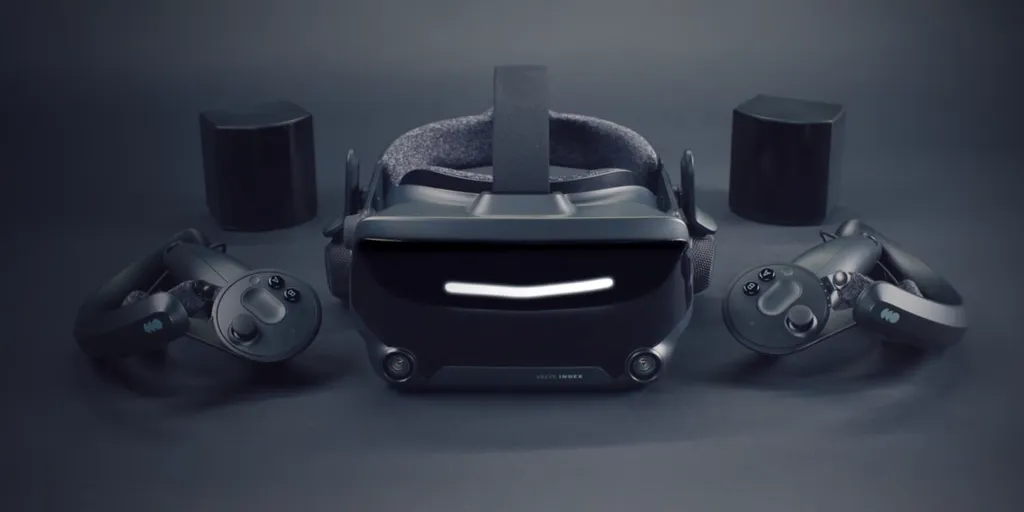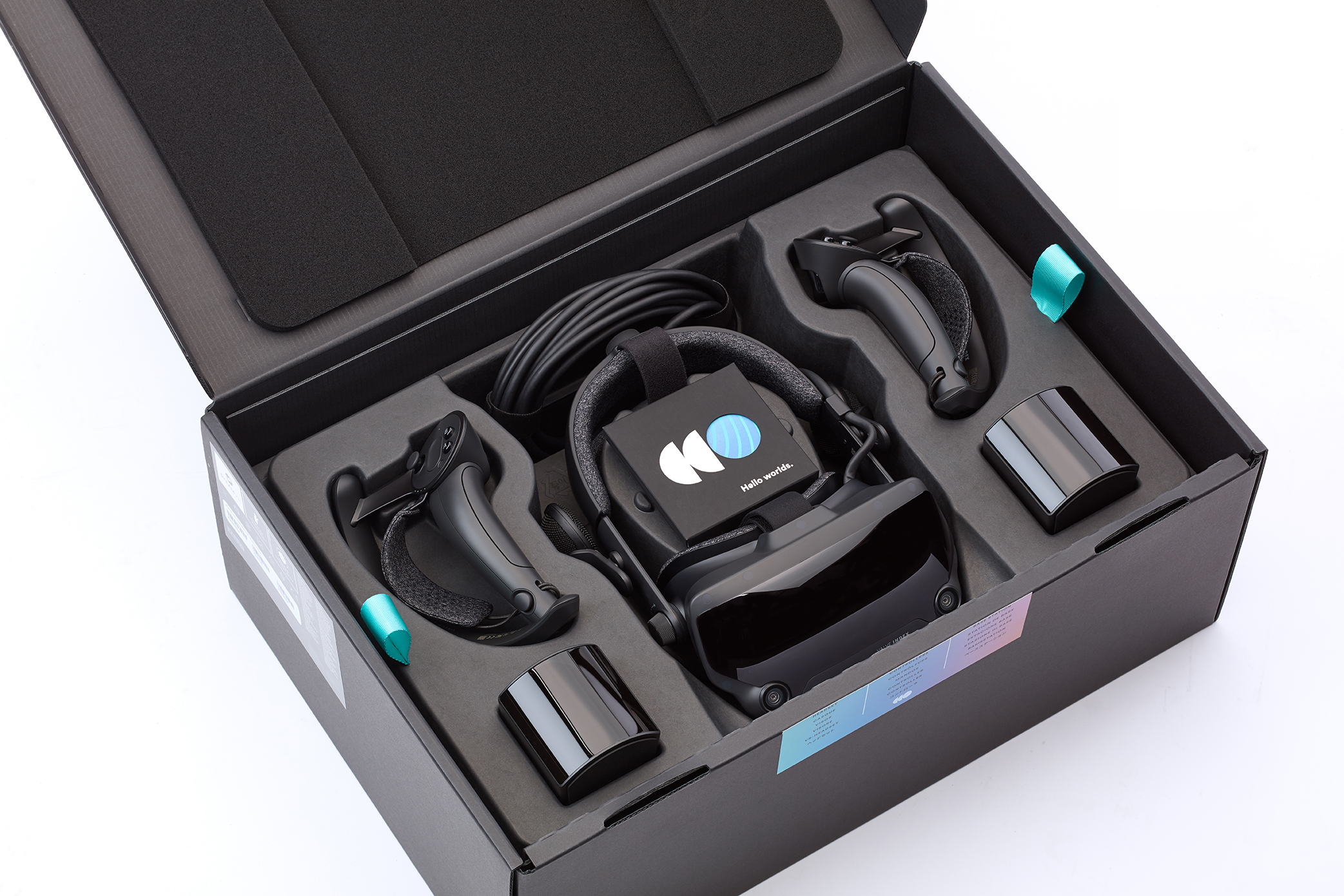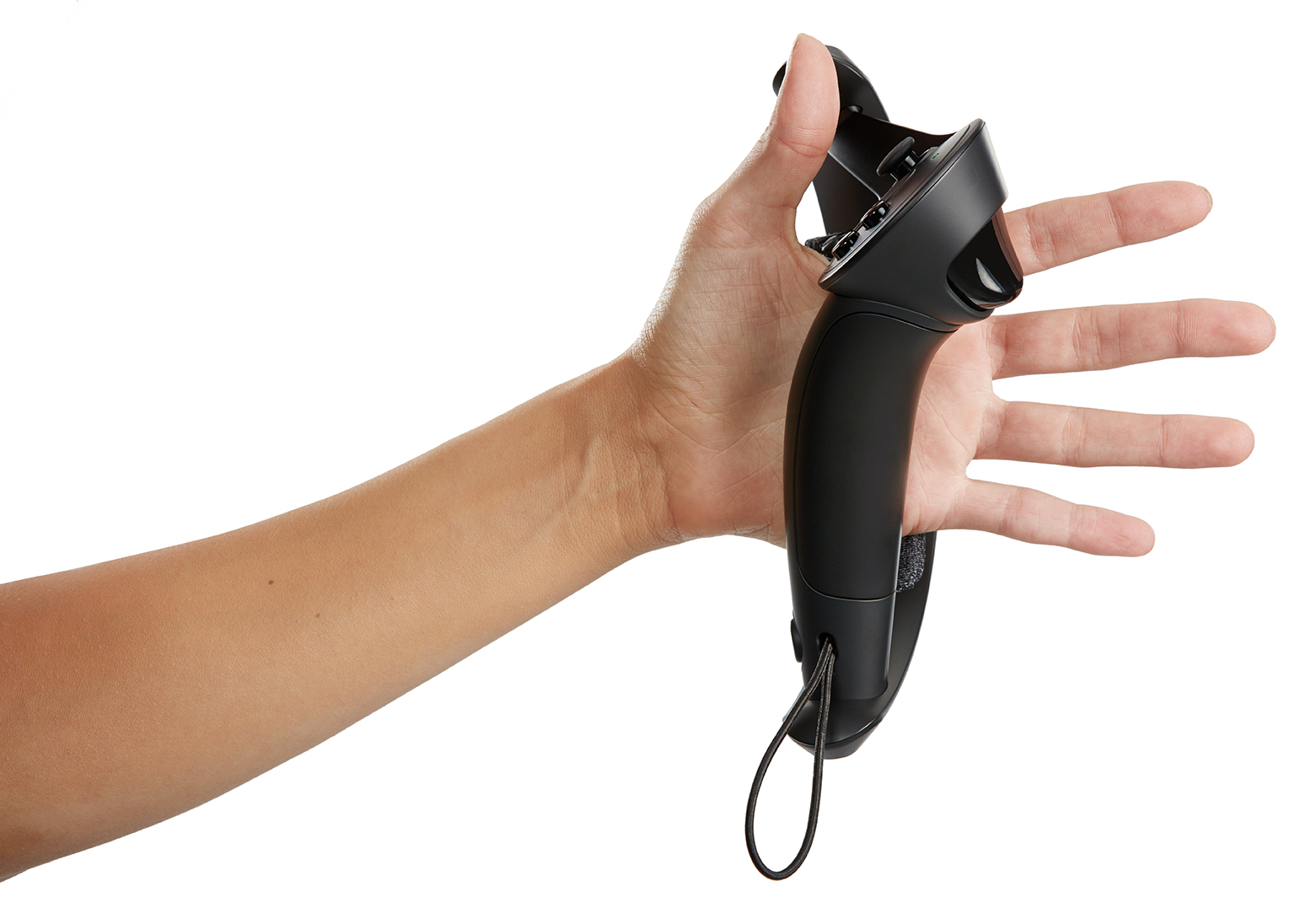This weekend in our living room my family played with Valve Index, Rift S, HP Reverb and two Oculus Quests. We worked out three small play spaces where we wouldn’t hit one another and played paintball and dodgeball matches together in Rec Room for the first time ever.
Once the kids were in bed, my wife and I went zombie-hunting in Arizona Sunshine co-op. We swapped back and forth between Rift S and Index.
Index quickly became known as “the good one” and both my wife and I came to use the Rift S reluctantly next to Index, like the Lenovo-made HMD was an off-brand game controller.
Valve is asking reviewers to hold off on final verdicts of its Index VR system until June 28 “as a large number of updates will be made between now and then.” The company’s stereo passthrough is not active either and Valve is targeting a late summer release for that feature. Right now, then, Valve is asking only for previews of the hardware as it can be seen with the wide range of SteamVR apps, including a few built with early support for the Index wearable controllers.
Visual Comfort
The Valve Index optics include the widest sweet spot and most comfortable fitting of any VR headset I’ve used. In shooters, I can glance at baddies out of the corner of my eye and gun them down without feeling compelled to turn and face them directly. I just point my eyes instead. Without trying this for yourself it will be hard to fully understand how the Valve Index optics help increase comfort by enabling this subtle sense of freedom.
The sleek black box the full $1,000 Index kit comes in is a nesting doll for smaller boxes. It includes two SteamVR Tracking base stations “assembled in the USA” along with two Index controllers and the Index head-mounted display, both made in China. There are mounts for the stations and a soft spacer that fits into the strap for a tighter fit on smaller heads. As I described when Valve first invited us to check out the headset last month, the headset’s fitting is fine tuned with several adjustments. There’s the IPD slider on the bottom to position the optics directly in front of your eyes and a dial on the side to adjust the distance of the lenses to your eyes. There’s the strap on top and a dial on back too.
The concentric rings of the fresnel lenses can still be seen at the outside, and they still catch light on occasion from the display, visible as so-called god rays. But they are dramatically reduced compared to pre-2019 VR headsets. Though the screen door effect is reduced in all 2019 VR headsets, and Reverb has an edge when it comes to raw pixel count, I find the Index optics and fitting provide the smoothest and most comfortable experience by an order of magnitude.
Touring TheBlu again, four full years after I first saw it in an early Vive developer kit, and it is still one of the most stunning visual experiences you can have in VR. There’s just incredible clarity revealed in the Index HMD in both that app as well as mainstays like Beat Saber.
Intense Sounds
The new off-ear speakers on Index provide easily the loudest audio I’ve heard directly from a VR headset. You can reach up to cover your ears, underneath the speakers, and feel the sound blasting out and making your fingers (and ears) vibrate. I went into The Lab and popped a balloon with my bow and arrow and jumped because it sounded so loud and close.
You can try talking to someone when they are wearing Index — it looks like they should hear you since the speakers aren’t touching the ears — but I found the sound from the speakers can still completely drown out the real world. Watching a movie in Netflix in Virtual Desktop provided an incredible home theater experience based on the audio alone.
Index Controller Interactions
While every second inside Index HMD is a comfort upgrade compared with other systems like Reverb, Rift S and Quest, the new wearable controllers are here to enable more natural hand interactions, like throwing objects and grasping door handles.
The Oculus Touch controllers rely on the secondary grip button, held by the middle finger, to grasp and release some objects. Some developers assign dropping an object to a button you press with your thumb. With the Index controllers you can stand in VR with your hands relaxed and then reach forward, grasp and turn a door handle just like the real world. Grab objects the same way and throwing objects can be designed far more naturally too. I’ve thrown so many grenades in the last few days.
Here’s an eight-minute video running through apps like Aperture Hand Labs, Moondust, Arizona Sunshine and Vacation Simulator where you can see me repeatedly release my grasp and then grip the controller again to interact with something.
A Vision Sharpened
Not everyone knows the magic of HTC Vive’s room-scale tracking system comes from Valve Corporation technology and designs.
Valve’s technology powers “lighthouses” which act as sorts of positional beacons. A pair of these lighthouses installed in a room — not even connected directly to a PC — and they can pinpoint an HTC Vive or Valve Index headset and controller movements with incredible accuracy. This system enabled room-scale and controller tracking when it went on sale in April 2016. December of that year Facebook matched the general feature set with Oculus Rift and its Touch controllers. In 2017, Microsoft followed by powering a line of PC VR headsets with inside-out tracking and controllers. In 2019, Facebook’s standalone Quest and the new Rift S made by Lenovo rely on inside-out computer vision-based tracking.
Valve’s Index, then, becomes the most prominent VR headset in 2019 still relying on these external beacons to track location. The full kit includes lengthy cords and mounts for the lighthouses so their spinning lasers can be placed almost anywhere. The Index controller’s hard outer shell doesn’t just track the hand’s movements, it also protects your hand somewhat if you accidentally punch something.
Steam-Centered
The five meter cord is plenty and there’s a breakaway point close to the PC so the whole unit can be disconnected and stored easily. This design consideration — different from the HP Reverb (which includes a breakaway point near the headset for backpack use) and Rift S (which includes no breakaway point) indicates Valve designed Index with a specific user in mind.
Index is for the PC VR developer and early adopting Steam VR user who already loves spending time with a headset and wants an upgrade that helps them enjoy the time they spend inside VR even more than they already do. Facebook focused on cutting a wire with Oculus Quest and removing external sensors with Rift S, making it easier to set up VR and put on a headset almost anywhere.
Valve Index Buyers
Index sharpens the vision for wired room-scale PC-powered VR. You could move the base stations, sure, to set up VR in different rooms. Index, though, is likely going to be loved by desktop PC owners with strong graphics cards who are going to mount those stations once and then forget about it for a few years.
Rift S debuted at only $400 for a full room-scale kit that introduces some compromises, like lack of physical IPD adjustment and new tracking occlusion scenarios. Index focuses on comfort and fidelity first. While it is certainly joyous to use Oculus Quest without a wire and Rift S with no sensor setup, I easily preferred spending time in Index to visit the same virtual worlds like Space Pirate Trainer, Beat Saber or Rec Room on the strength of the visual comfort, tracking quality and sound. Now is it worth a $600 price difference to get a Valve Index rather than a Rift S?
I’ll try to answer that question on June 28.
Corrected a sentence describing the Oculus Touch grip.




























